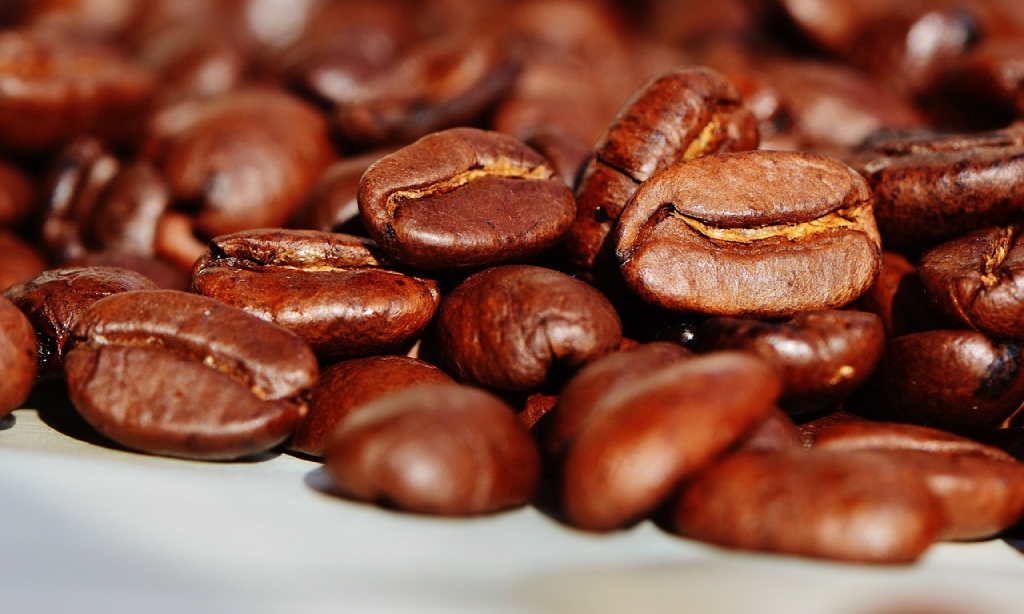How to taste coffee as an expert

Coffee is a very complex beverage, with various aromatic notes and surprising nuances of taste.
It is very important to learn how to taste coffee with consciousness and ability, in order to recognize it and appreciate all its features.
How to taste coffee
Tasting coffee with the approach of an expert is not just about slowly sipping and enjoying it!
When tasting this beverage, you should use all your senses. In fact, a simple action can turn into a complete and stimulating perceptive experience.
That’s why we suggest to follow a few steps. And, please, don’t stop at the first try, because tasting requires experience!
Rules for beginners
To start, choose the right environment and surroundings. You will need a quiet and meditative place, with no noise, and free from intrusive smells.
Once you have found the perfect spot, you can start your tasting. Get a clean and warm cup with freshly brewed coffee, a stainless-steel coffee spoon (which won’t alter the flavour of your beverage) and a glass of fresh water.
First step: sight
Sight is the first sense involved in tasting.
You should observe the crema on top of your espresso, to make the first evaluation. The creamy layer on top of a well-made espresso should have a soft body and homogeneous, a light hazelnut color and almost no visible air bubbles.
If the air bubbles on the surface are big and isolated, your coffee has been brewed too fast. On the contrary, if they are too many, your espresso is probably burnt and bitter.
In addition, there are recognizable differences that can identify the composition of your blend.
If the blend used contains a percentage of the Coffee Robusta variety, the crema should be thick and rich, and of a darker color. While, if the blend has more Arabica, the crema will be a bit lighter, but not less persistent.
Second step: smell
Smell is the second step of tasting.
This sense gets naturally stimulated by the scent of a beverage like coffee, but we rarely focus on it! It’s a shame, because being aware of all the specific aromas of coffee is one of the most satisfying parts of tasting.
Coffee has various aromas, and therange of shades is distinctive and remarkable for each blend.
Take a coffee spoon and make little swirls into your espresso cup. The spoon breaks the surface of the crema and unleashes a bouquet of wonderful aromas. You will be surprised to recognize, just from smelling it, the type of roasting, and hints of caramel, flowers, chocolate, hazelnuts, even citrus fruits and tobacco.
Third step: taste
Here it comes, finally: it’s time to taste!
First of all, drink some water to clean your mouth from any other flavor who could mislead and alter your impression. For the same reason, coffee should be tasted without sugar or any other addition, so it can be the only protagonist of your tasting.
Now, take your coffee cup and have a little sip of espresso. Experts suggest incorporating air while drinking (don’t be afraid of making noises) in order to exalt flavors. Spin the coffee in your mouth a little.
Keep on drinking little sips, and let coffee pervade every part of the mouth, so other – and more complex – tasting note can emerge.
Last but not least, pay attention to the aftertaste.
It’s fundamental to focus on the taste that stays after you had your espresso.
If it was a high quality coffee, it will leave in your mouth a pleasant and enveloping sensation, in balance between bitter, sour and sweet shades.
Once you’ve learned these fundamental steps for a complete tasting, there is only one more thing to do: try!
At home, make yourself comfortable, take your cup of espresso, and start this amazing multisensory experience.
 Truly Italian Roots
Truly Italian Roots